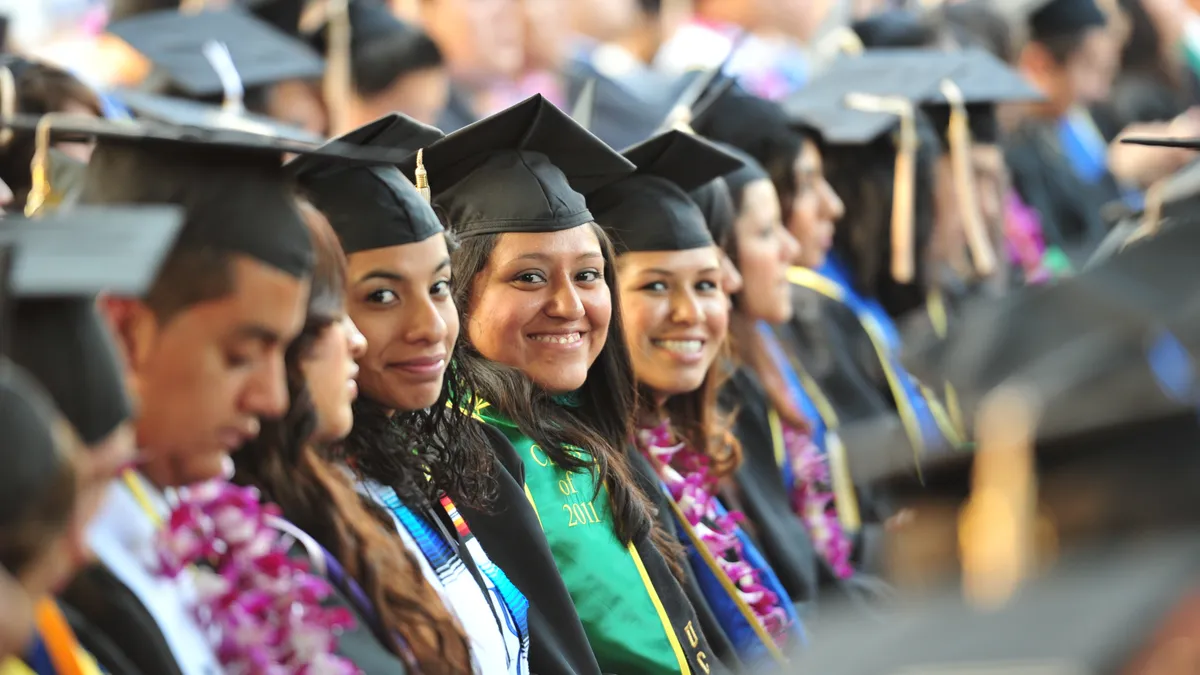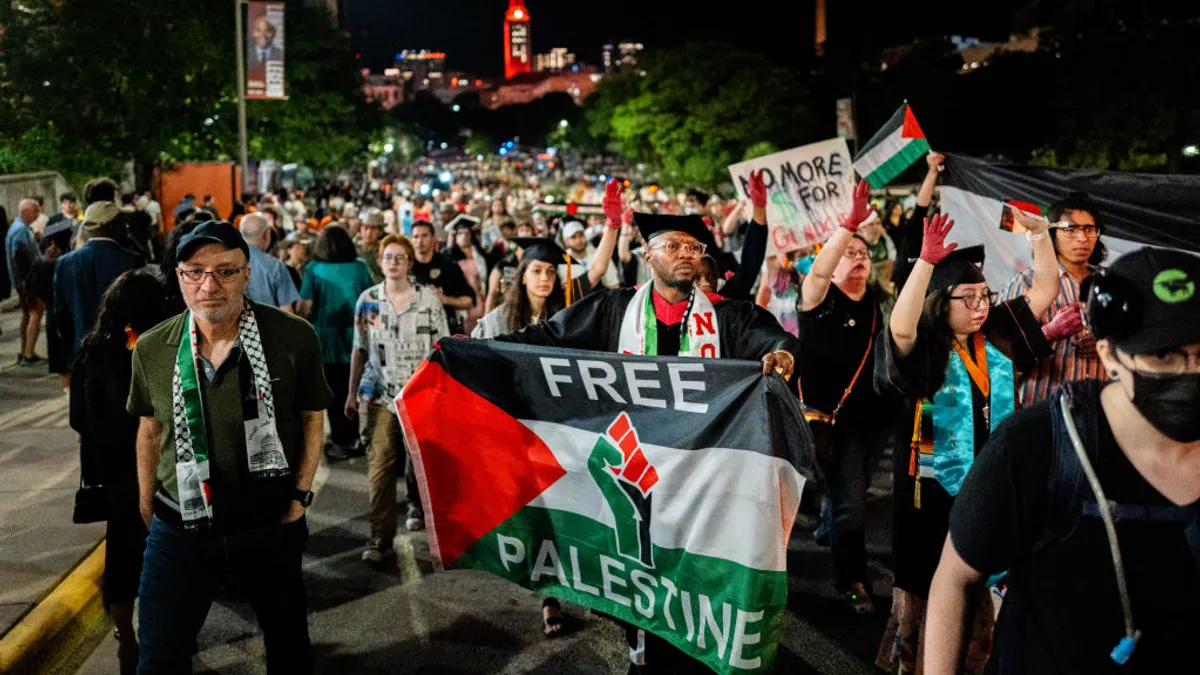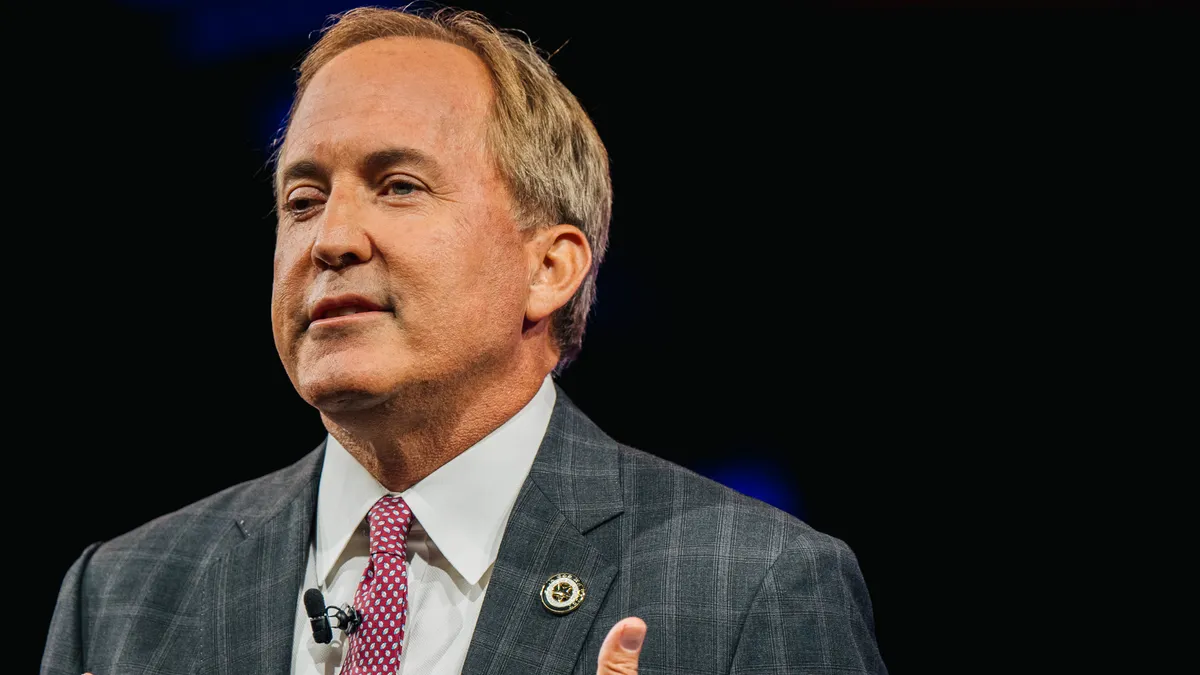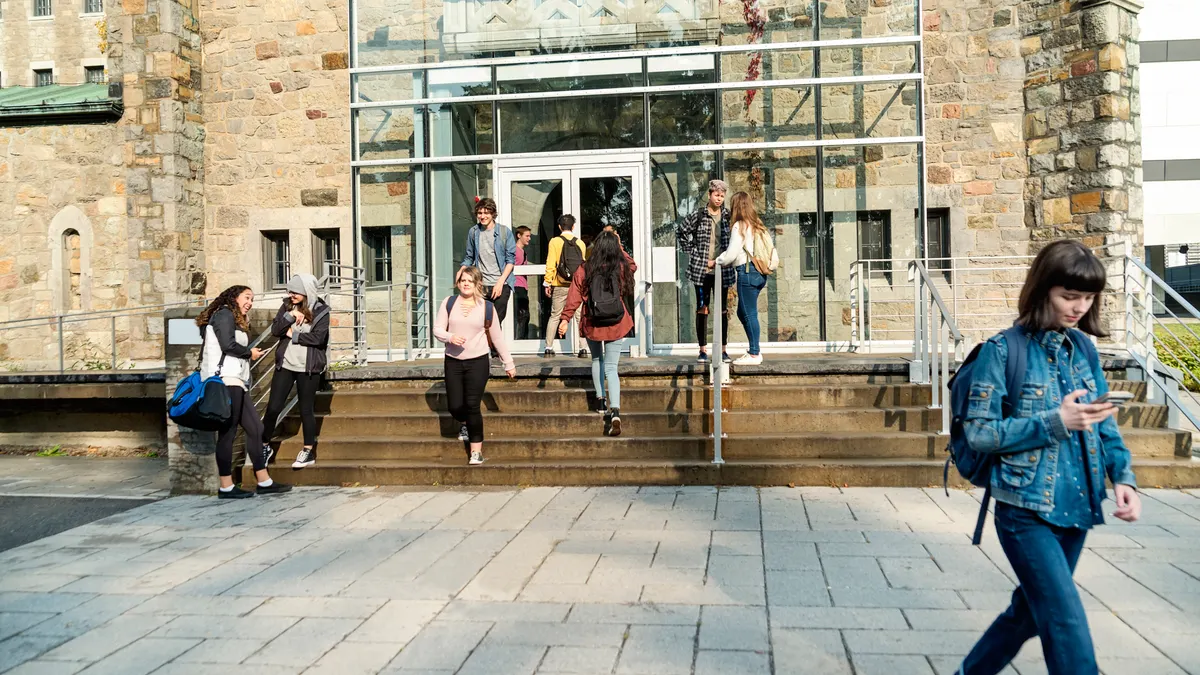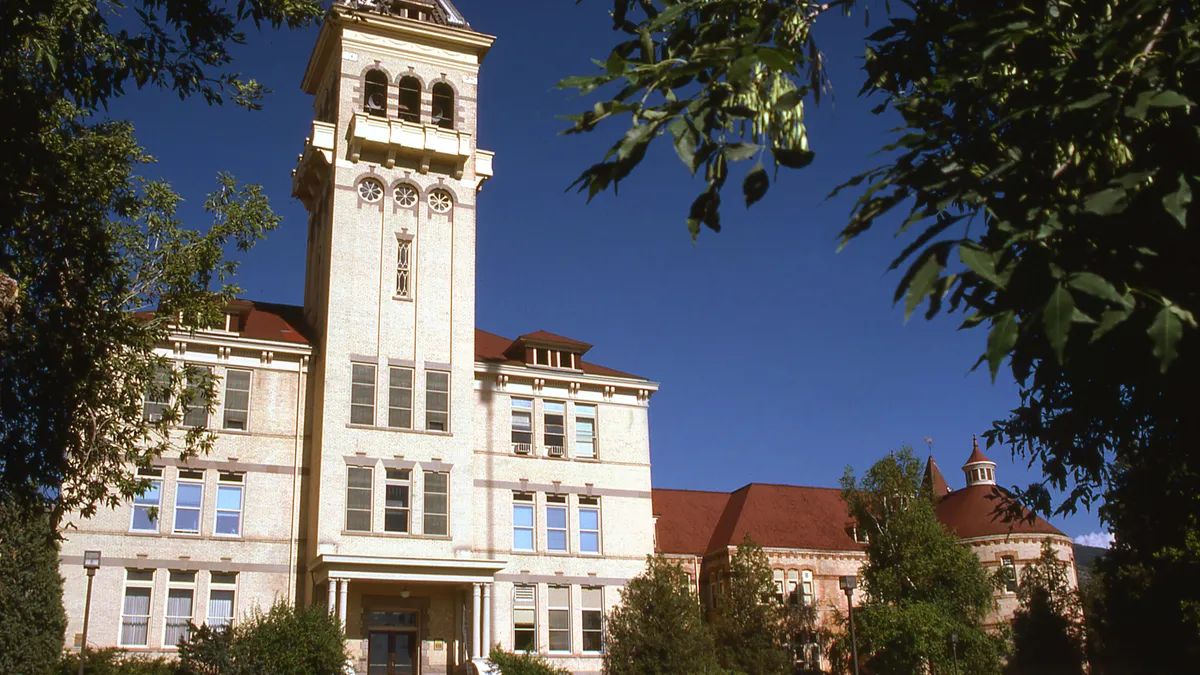Miguel Angel Acosta Muñoz is immensely frustrated by the idea that there is little recognition that much of what we now see as innovative practices in student affairs were actually incubated in ethnic studies departments on campuses across the country. After working in higher education in both Chicago and New Mexico for 25 years and serving on the board for Albuquerque Public Schools, Acosta Muñoz is these days channeling his efforts towards family-community-school partnership in New Mexico, but feels those still carrying the torch in higher ed are still largely going unrecognized.
And he’s not alone.
From living and learning communities, to intrusive advising and a number of other initiatives heralded for their impact on graduation rates — especially with minority students, these are largely initiatives which developed from individual faculty members identifying a need among students who looked like them and working overtime, often without pay and no additional funding, to help those students succeed.
“It’s important though, because many educators of color in higher ed got their start in these programs. In many cases [Educational Opportunity Programs] and EOP-type programs predated and actually incubated Chicanx, Africana and Native American Studies programs. These were folks that had been pushing from the streets to open the university doors and then walked on through to set up recruitment and retention programs,” said Acosta Muñoz.
“That was the case in my home town, Chicago, where folks that had been influenced by Fred Hampton demanded the creation of a program at UIC and then staffed it with community folks. We did the same for the Latino community a couple of years later after a sit in and take over of the chancellor's office for a couple of weeks.”
It’s exactly the kind of ground-up innovation higher ed experts encourage at every conference or seminar.
At the University of Maryland, College Park, for example, Tony Randall, senior manager of the Student Success Initiative, with the support of assistant vice president for student affairs Warren Kelly, has personally inserted himself as a liaison between department deans, financial aid officials and other administrators to help students navigate various processes with the hope that doing so will increase retention and graduation rates for students of color at the state’s flagship institution. Having little programmatic funding, Randall has leveraged relationships with students to empower them to do much of the heavy lifting to raise the achievement levels of their peers.
Leonard Ramirez, Vice President for Policy and Legislative Affairs for the Illinois Latin@ Council on Higher Education and past director of the Latin American Recruitment and Educational Services program at the University of Illinois at Chicago, said for scholars of color, there's an intrinsic need to go above and beyond to ensure students who look like them succeed. Cultural norms in these communities compel a more communal and collaborative nature, he said, rather than “the competitive, Darwinistic” every-man-for-himself attitude which often permeates in traditional higher ed spaces.
Programmatic roots
“Since the 1960s in Illinois, [African-American and Latinx] student support programs have played a major role in helping to shift the culture of large comprehensive college campuses from an institutional model focused primarily on research, competition, classrooms, and athletics to one that is more acknowledging of the importance of student development and support as well,” Ramirez said. “Many student-friendly interventions, now widely used, were first incubated in minority support programs. These initiatives were often developed ‘on the ground’ in these units before they appeared in the higher education academic literature or were widely recognized as components of innovative college retention strategies.”
“Minority support programs acted as centers of advocacy promoting institutional change. They also functioned as ‘experimental labs,’ where much innovation occurred. Their efforts contributed to the retention and graduation of [students of color], and eventually other students as well,” he continued.
“Program staff [at many institutions] created the first bridge programs, which brought students on campus to familiarize them with university expectations, academic culture and the physical environment while creating peer support groups at the earliest stages to avoid isolation,” Ramirez continued. “They hosted their own extended and comprehensive orientation programs. College units initially rejected these as too labor intensive and not worthwhile, but after years of acclaim by students, these orientation programs became the model for the entire campus.”
Crystal de Gregory, founding director of the Atwood Institute for Race, Education and the Democratic Ideal at Kentucky State University, elaborated, saying before desegregation, many of these practices were perfected at historically black colleges and universities. “Things like living-learning environments, HBCUs championed those practices. Our faculties historically lived either on campus or within the campus environment and helped to create holistic environments for black college and university students,” she said.
Ramirez points out that not only are scholars of color at majority institutions not credited for their contributions to what is now seen as best practices in student recruitment, retention and student affairs in general, institutions are now bringing in consultants from the outside to advise on the work, diverting funding from those departments to bring in individuals who are disconnected from the very idea which made these programs successful to start: community.
Earl Wright II, a professor of sociology at the University of Cincinnati, said, “In the most simple terms, just the way in which blacks and Hispanics have had a more communal type of societal structure — it was never about the sink or swim on your own type of culture, it was about using the resources gathered for the community of the culture.”
“We don’t want to see our students sink, when we know they can survive if they have a community that urges them, pushes them and provides the resources necessary for them to be successful,” he said. “Whether you’re dealing with social services or sociology, the nature of the [mainstream] perspective is more individualistic. The idea that being hands off, the cream will rise to the top, there will be a meritocracy that will come to existence. But other cultures know better. We always understand that there’s more than just individual effort that goes into becoming successful.”
“Now, with this newfound interest in [W.E.B.] Du Bois, … mainstream white sociology is embracing this idea of black sociology” and the idea of community uplift, Wright said.
“Not only are predominantly white spaces becoming more black, they are almost more unapologetically black than black spaces are,” de Gregory said.
“Even our leadership on conversation on matters of race has been usurped by white places and spaces,” she said, adding, “We allowed traditionally white institutions to not only lead the discussion, but almost lead it without us even following or interacting. Our involvement is almost non-existent in these conversations.”
“We have provided a template, a road map for how to address the most pressing issues of our time, and it’s not as though we’ve simply shared the roadmap, we’ve given it away,” de Gregory continued. “And in the process of giving it to other types of institutions, it seems as if we have now lost our way and we are floundering to even get a seat at the table of discussions which not only involve us as subjects, but determine the fate of our communities.”


